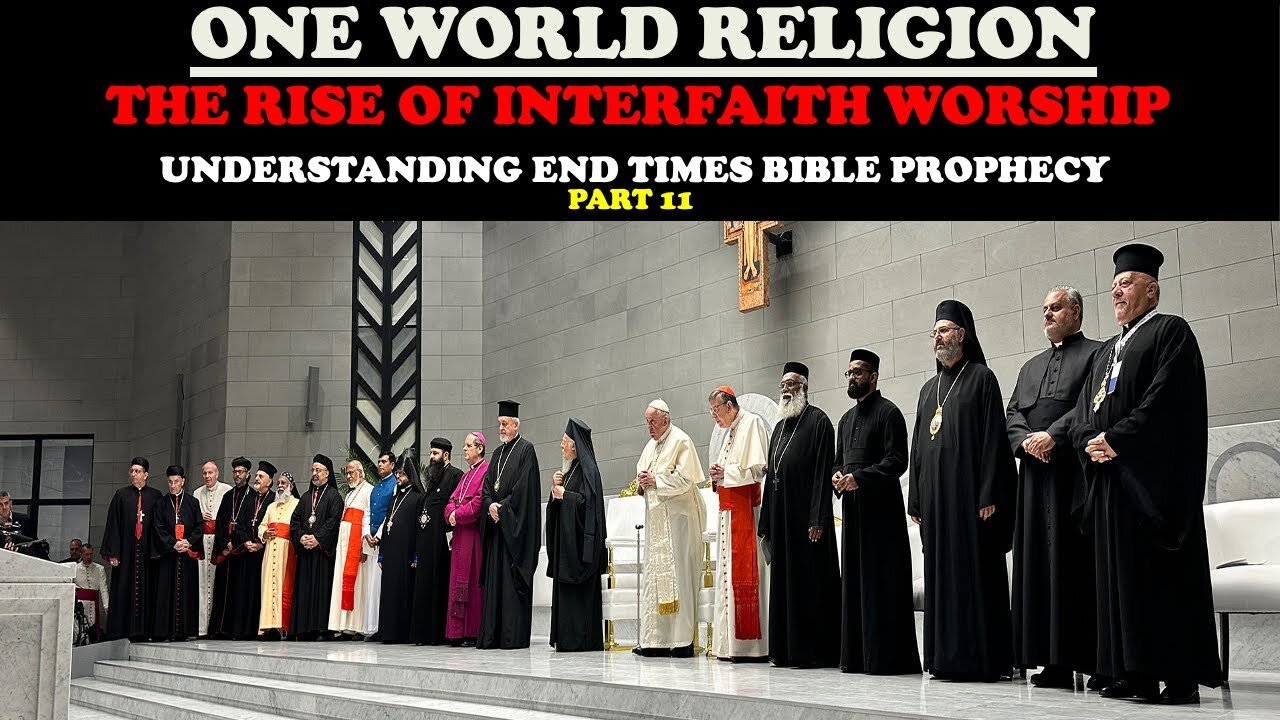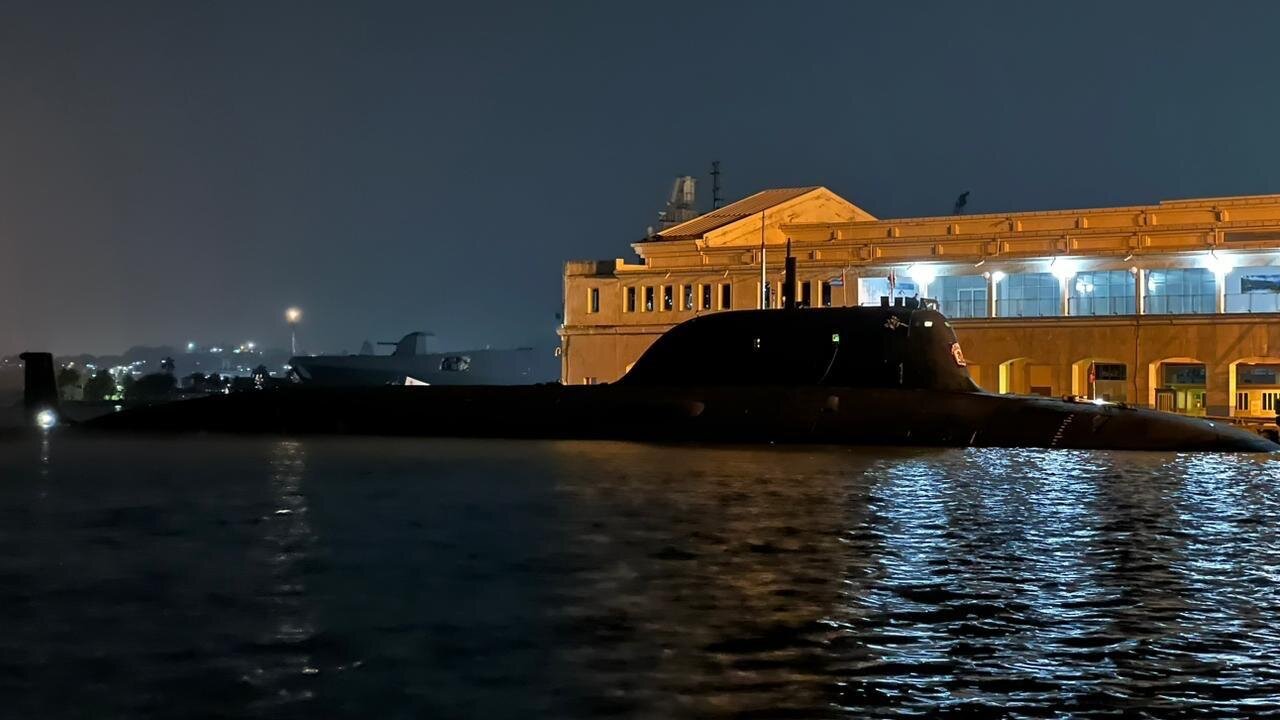DMC Devil May Cry - Kidnapped By The Demons! - Let's Play Part 07
Tartaria Decoded: Part 3 - World's Fairs - RESET Of The Old World & Guardians of Antiquitech
#tartaria #worldsfairs #antiquitech Were World's Fairs events held for nations to compete with each other by displaying their goods and inventions to the rest of the world, or were they actually designed as an excuse to destroy ancient architectural heritage? Since its inception, the World's Fair has performed a variety of functions as an international showcase. The 'Great Exhibition of the Works of Industry of All Continents' was the first trade show, and it took place in London's Hyde Park in 1851. The first World's Fairs took place as the Economic Revolution extended from England to the United States, and they served as platforms for nations and corporations to show off their industrial prowess and most recent advancements. They were also intended to inspire confidence in a populace that was still adjusting to the idea that many of the products they used on a daily basis were now produced by machines rather than by hand. Is it possible, though, that the creation of the world fairs were done so that they would merely serve as a guise for a cover up? According to theories put forth by the 1800’s cultural reset, the locations and massive structures that were ostensibly "built" for the holding of the world fairs were, in fact, hundreds of years old and remnants of a collective culture that has since vanished. Was it just a way to introduce the architecture to the masses and then paved way for a legitimate excuse to tear the structures down? We'll use the San Francisco Panama Pacific International Exposition as an example to bring the premise into focus. The massive fair, which spanned over 2.5 miles of waterfront land and encompassed more than 600 acres, emphasized San Francisco's splendor and honored a significant American accomplishment: the successful completion of the Panama Canal. One of America's deadliest natural disasters was the devastating earthquake that struck San Francisco nine years prior. When the Exposition opened in 1915, the city had overcome significant obstacles and was prepared to receive visitors from all over the world. Without a doubt, the architectural design used for the construction of the fair-designated area was magnificent. One example of this is the Palace of Fine Arts, which was built in 1915. Something that first stands out is the construction's geometrical perfectionist style, which is very impressive and beautiful. However, something jumps out at you when you look at photos of the structures built for several global expos: why do they look older than they should? Why did they spend so much time and energy on the incredibly detailed old-world style architecture? Some researchers have been able to determine that in some dated photographs, certain buildings and statues that compliment them appear older rather than more recently constructed. Furthermore, is it appropriate to ask the question, "Why build sites and complexes that are so astounding only to destroy them in a matter of months?" According to the accepted and official history, most of these buildings and monuments were constructed using straightforward structures and lightweight materials, and they were intended to last just for the duration of the fairs. However, some of these large architectural works are still standing today, which goes against the conventional knowledge associated with international trade shows to "demolish everything related to the show after it closes." It is true that many buildings were constructed using flimsy materials, but it was obvious that not all of them were; instead, some were buildings that had been built on their own. It is unfortunate that none of these buildings are still standing because they were all eventually destroyed except for a select few.

















































